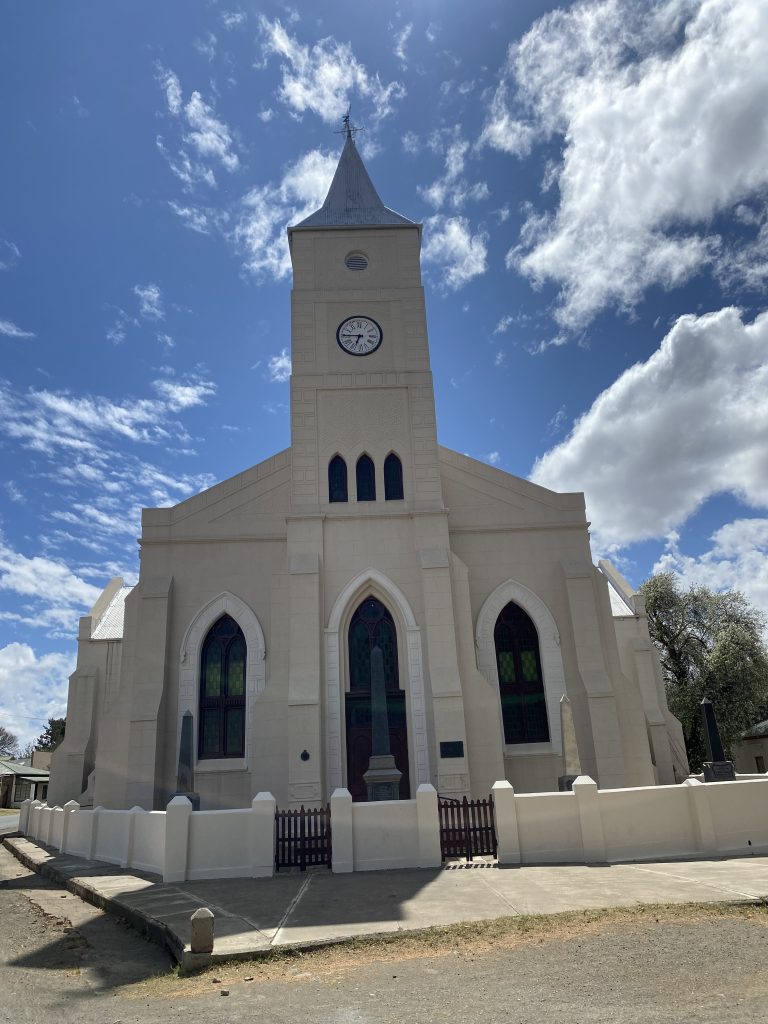Last updated on September 29th, 2024 at 05:45 pm
As I stepped into Philippolis, a town wrapped in history and silence, I couldn’t help but marvel at its pristine cleanliness. It made me question, “What keeps this community going?” Philippolis, tucked away in the Free State, has an undeniable charm. Its streets are dotted with only a handful of businesses, with one notable Pep store standing out. You might wonder how the residents sustain their livelihoods in such a small town and what they do for fun.
Our first stop was the Transgariep Museum, a small yet captivating treasure trove of local history. The museum beautifully narrates the tales of Philippolis, capturing both its heritage and the essence of life here. Initially, we had hoped to visit the Philippolis old jail, an intriguing historical landmark, but we were disappointed to find it closed. Despite this setback, the museum more than made up for it, immersing us in the town’s past.
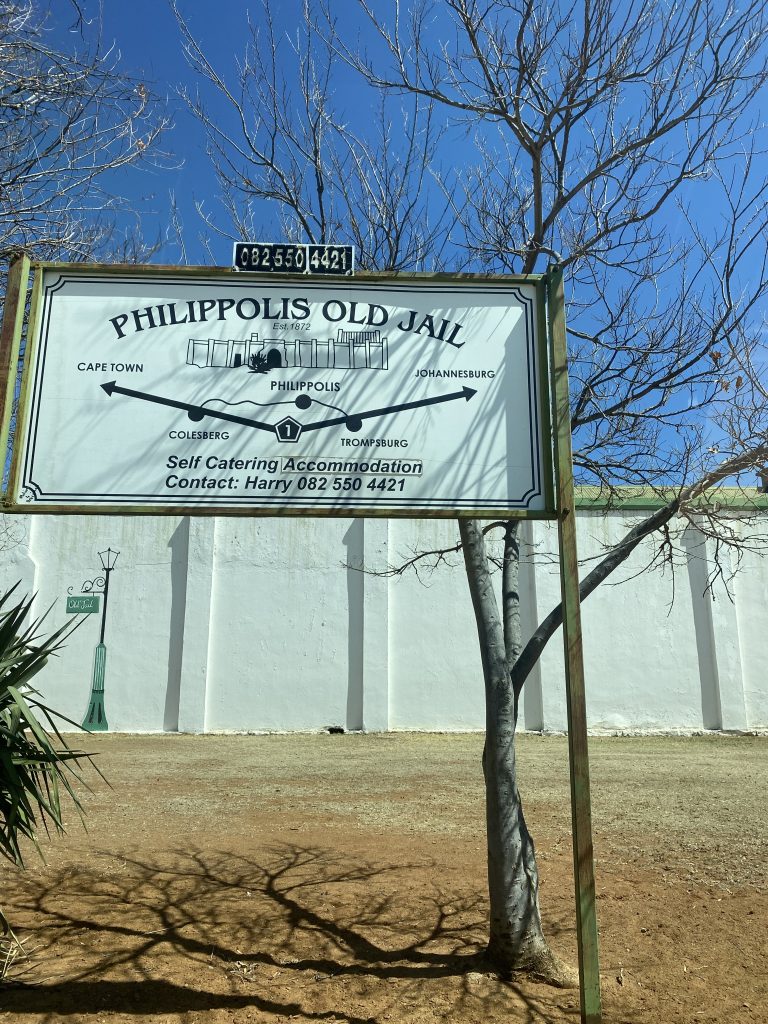
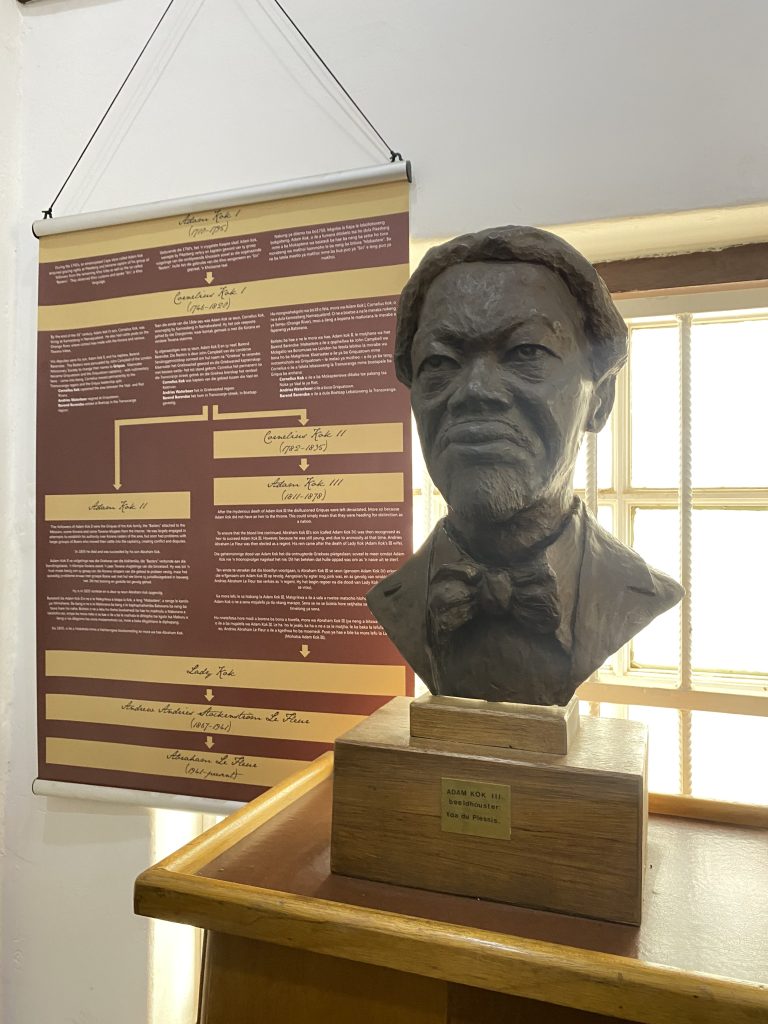
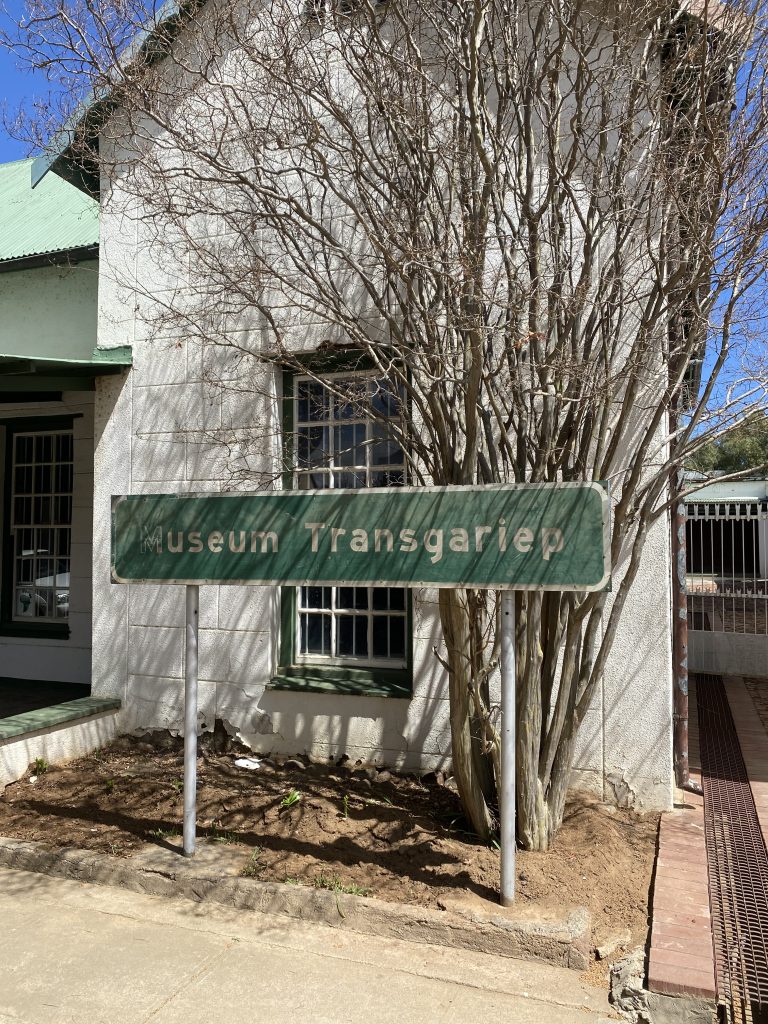
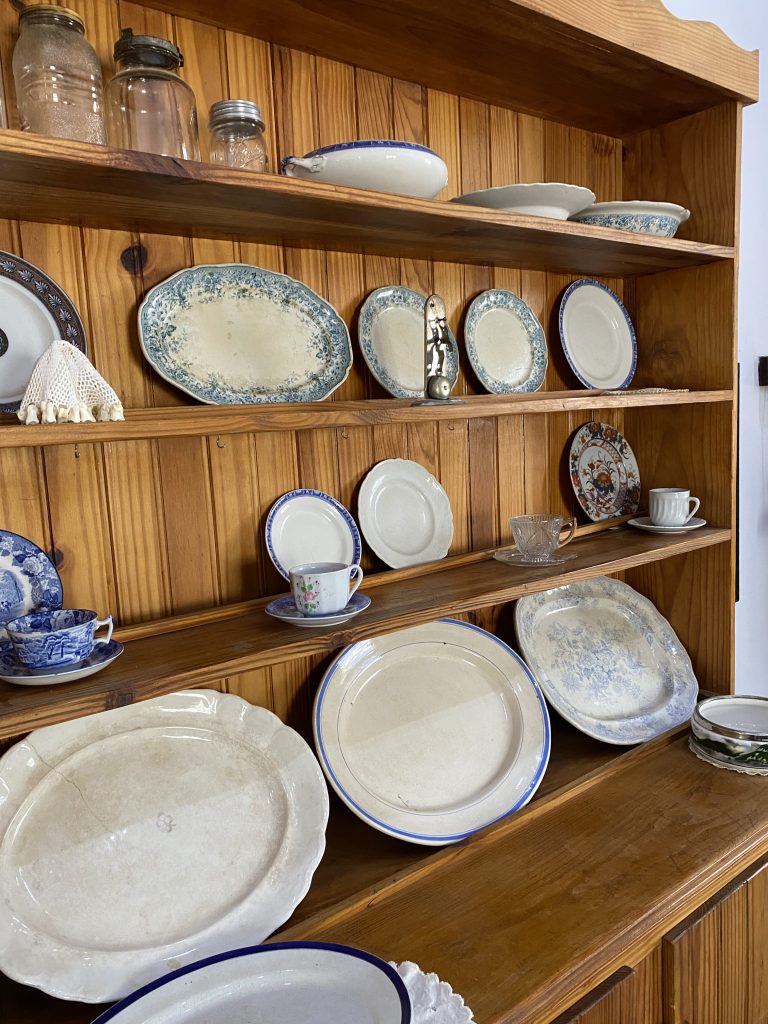
Philippolis is historically known as one of the oldest settlements in the Free State, established in 1823 by the London Missionary Society. It was originally intended as a mission station for the Griqua people, led by Adam Kok II. The Transgariep Museum reflects much of this rich history, with exhibits that delve into the Griqua culture, the early missionary work, and the colonial influences that shaped this region. Walking through its halls, you get a real sense of the multicultural roots that define this town.
From the museum, our journey took an unexpected turn when a museum worker offered to guide us to the Dutch Reformed Church. The church, completed in 1871, stands as a Gothic Revival architectural marvel. Built to serve the Afrikaans-speaking farmers of the region, it reflects the Dutch Reformed Church’s historical prominence in South Africa. Though stunning in its presence, the church’s continued use primarily by the white community underscores lingering social divisions. This fact speaks to the echoes of South Africa’s past that still reverberate in small towns like Philippolis, reminding us of the continued journey towards unity.
Heritage Day, celebrated today on the 24th of September, encourages South Africans to reflect on the diversity of our cultures and histories. Visiting a town like Philippolis offers a powerful reminder of the complex layers of our shared heritage. While the beauty of the town and its historical landmarks are undeniable, so too are the reminders of segregation and the deep work still required to unify communities.
September is also Tourism Month in South Africa, a time dedicated to promoting travel and the exploration of our country’s rich history and cultural heritage. Philippolis, with its museums, historical architecture, and untouched streets, offers a perfect escape for those interested in discovering South Africa’s lesser-known stories. The Gariep area, named after the nearby Gariep Dam, plays a significant role in the tourism of the region. The Gariep community is deeply connected to the river and surrounding land, known for farming, fishing, and eco-tourism. Visitors to this region are often struck by the quiet beauty and the slower pace of life, where nature and history seem to converge.
Leaving Philippolis, I was reminded of how rich and layered South African heritage truly is. From the quiet of the library to the towering Dutch Reformed Church, it’s clear that our history is complex and deserving of reflection. Heritage Day and Tourism Month are perfect opportunities to engage with these stories, exploring how our past shapes our present and honoring the diversity that makes our country so unique.
